On April 10, The Great Gatsby turns 100. It’s been a century since F. Scott Fitzgerald’s novel first arrived, full of the beauty and recklessness of the Jazz Age. I spent 1531 hours—about a year and a half—immersed in that world while adapting, drawing, and watercoloring The Great Gatsby: A Graphic Novel Adaptation.
To mark the novel’s centennial, I’m sharing a behind-the-scenes look at my creative process. This is a post I originally published on my website a few years back, detailing how I approached the adaptation—from historical research and visual storytelling choices to capturing the mood and symbolism of the original text.
My Process Adapting The Great Gatsby Into a Graphic Novel
Re-Reading Gatsby with Fresh Eyes
Since F. Scott Fitzgerald’s The Great Gatsby is one of my favorite books, I still owned the version I first used in my high school English class—with notes from my 16-year-old self! I quickly realized that I did not want my high school insights clouding my current reading so I ordered another edition. With a pencil in hand, I re-read The Great Gatsby several times, underlining lines, themes, or details that felt particularly important to including. I went to the book again and again during every phase of making the graphic novel to check that I was capturing the right mood for the scene.
Where the Story Takes Shape: Thumbnails and Script
After I felt I had a good grasp of the important elements of the text that I wanted to include, I then created thumbnail drawing of each page of the graphic novel. Thumbnails are little drawings—about 1.5 inches high—that help me figure out the pacing of each chapter and the overall pacing of the book. I put thumbnails of each chapter on an 17” x 11” sheet of paper so that I can see the overall flow of each chapter and the book as a whole. Concurrent to drawing the thumbnails, I also write the script detailing the dialogue and what happens on every page.
I create many versions of thumbnails and script so what I start with is actually very different than the version I end up with in the end. For instance, my first version of this book was about 40 pages shorter than the final!
Designing the Cast: Character Design
I make a character sheet showing all the major characters in reference to each other in terms of size. I also make individual character sheets for all the main characters showing them standing at various angles and facial expressions. I fill pages of a sketch book drawing the most important characters so they enter my muscle memory and I don’t have to be constantly referencing my character sheets. Nick Carraway proved a definite challenge and my editors and I went back-and-forth on his design until we were happy with it. On the other hand, Daisy Buchanan’s character design barely changed from the first time I drew it.
Rough Sketches
After I have a script and thumbnails that I’m relatively happy with, I move onto making very rough hand-drawn pencil sketches of every page of the book. Working a chapter at a time, I would reread the section in The Great Gatsby that I was drawing out loud to make sure I wasn’t skipping over any details and to remind myself of the mood of a specific scene. These rough drawings, like my thumbnails, are not very attractive—they’re drawn quickly and help me figure out page compositions and where there will be issues. I just fold an 8.5” x 11” sheet of printer paper in half and draw them with a Caran d’Ache Non-Photo Blue Pencil.
Digital Pencil Drawings
The next stage in creating The Great Gatsby: A Graphic Novel Adaptation is my “Pencils” which I draw on the computer using Clip Studio Paint and a Wacom Cintiq drawing tablet and pressure sensitive stylus. I draw these in a red color to remind me that they are not final and encourage me not to spend too much time trying to make them perfect. I prefer working digitally at this stage because I tend to make a lot of changes as I draw, and I find that digital drawing, and especially erasing, is faster than working traditionally.
I then send my Pencils to other cartoonists for feedback and then to my editor and art director for their edits and additions.
Acting it Out: Reference Photos
I frequently use photos of myself as reference when I’m struggling with a pose or a facial expression. I also use Google Image search for reference but I find doing the poses myself usually results in a faster and better drawing.
Inking the Final Line Art
Once the pencils are finalized, I move onto “Inks.” Again, I do these “Inks” digitally in Clip Studio Paint. Inking is essentially tracing over my pencil lines with cleaner lines, and flushing out the character and environment design which I might have left quite sketchy in earlier versions.
Watercolor
Once my Inks for The Great Gatsby: A Graphic Novel Adaptation are edited and approved, I move onto the coloring stage. Using my Epson giclée printer, I print out my ink drawings onto Stonehenge Coldpress Watercolor paper. From there, I color the pages with Winsor Newton watercolor paint. After spending so much time digitally drawing, it’s a pleasure to get back to creating by hand again! I write more about watercoloring a graphic novel here.
Before I work on every chapter, I print out thumbnail versions of each page spread to test out different color options on it and save me time later on by making mistakes on the thumbnails, not on the full scale version.
I scan those pages back into the computer and in Photoshop I edit the pages to clean up the watercolor, add white in the speech bubbles and gutters, and add in hand lettered text where needed. Finally, using Adobe InDesign, I upload all my edited pages.
I repeat that 228 times to complete the book!
If you're curious about any part of the process, I'd love to hear your thoughts in the comments below!
A reminder: you’re working on your own comics or graphic novel and want support refining your approach—I work with comics creators in a few different ways:
Join Me for Gatsby Events in the Twin Cities
April 10, 1-7 PM: I’ll be selling graphic novels and participating in the live reading of entire The Great Gatsby book at the Minnesota History Center hosted by Friends Of The St Paul Public. It’s an event where you can come and go—no need to stay put for the whole reading (unless you want to!). Click here for more information.
April 10, 8 pm: I’ll be signing graphic novels at the Gatsby Birthday Bash at Brother Justus Whiskey Co. hosted by Magers & Quinn Booksellers. Get tickets here.
April 15, 6:30 pm: I’ll be guest author with Books & Bars book club at Urban Growler where they’ll be discussing my book.
I’d love to see you at one of these events!
Leif love
Even Leif is excited (or pained… it’s hard to tell from his facial expressions) for The Great Gatsby Centennial!
Take care and keep creating!
-Katharine
P.S. I have another classic adaptation that’s available for pre-order: Tuck Everlasting: The Graphic Novel





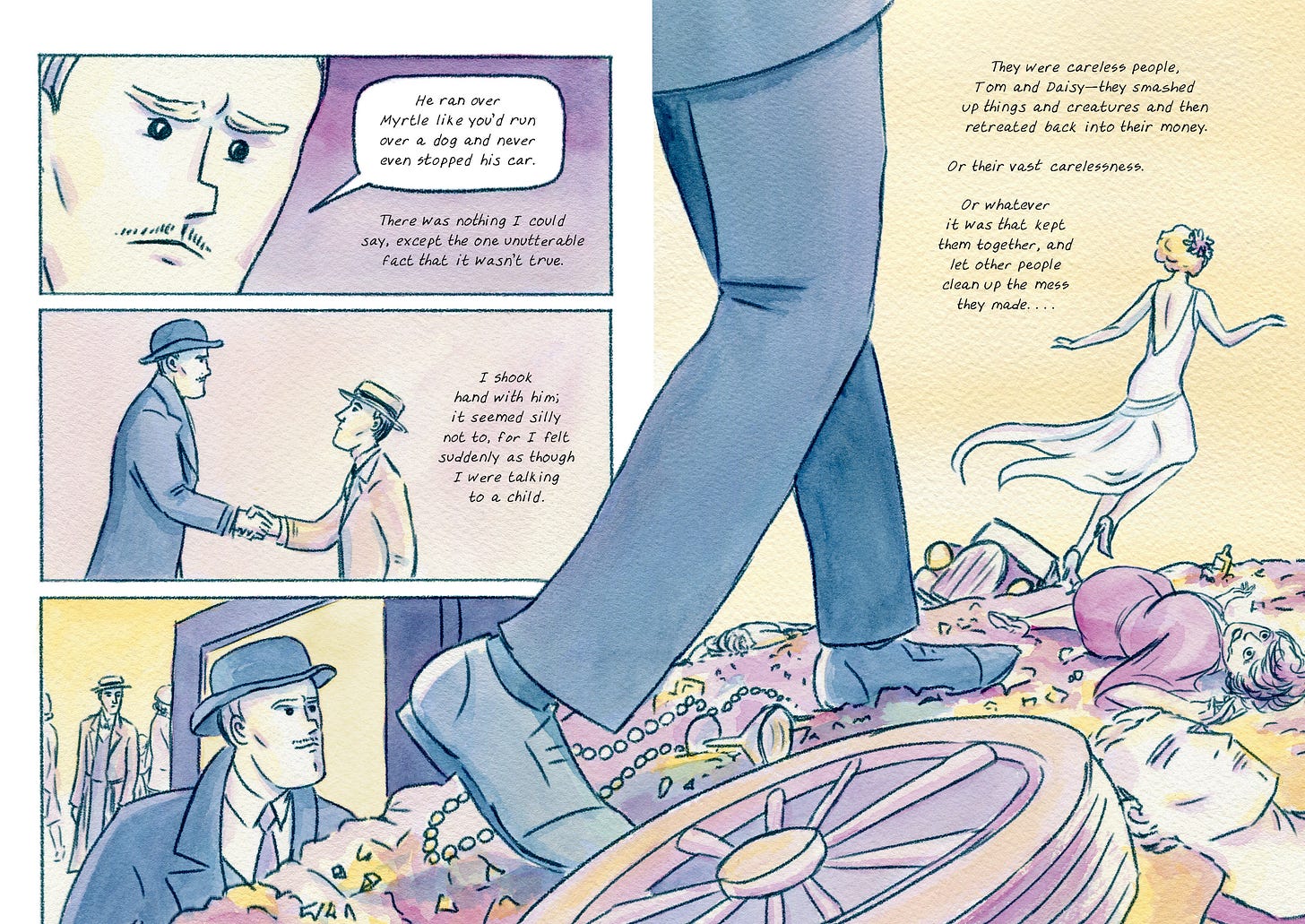
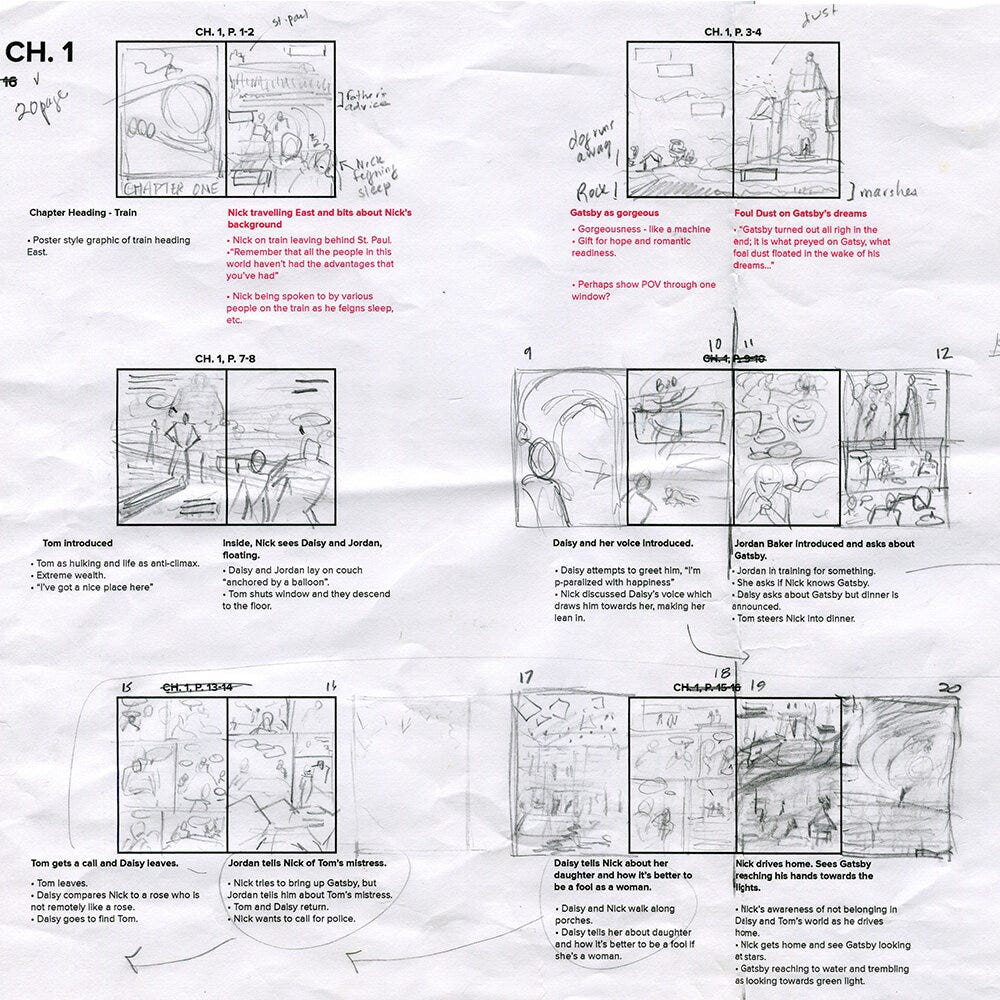

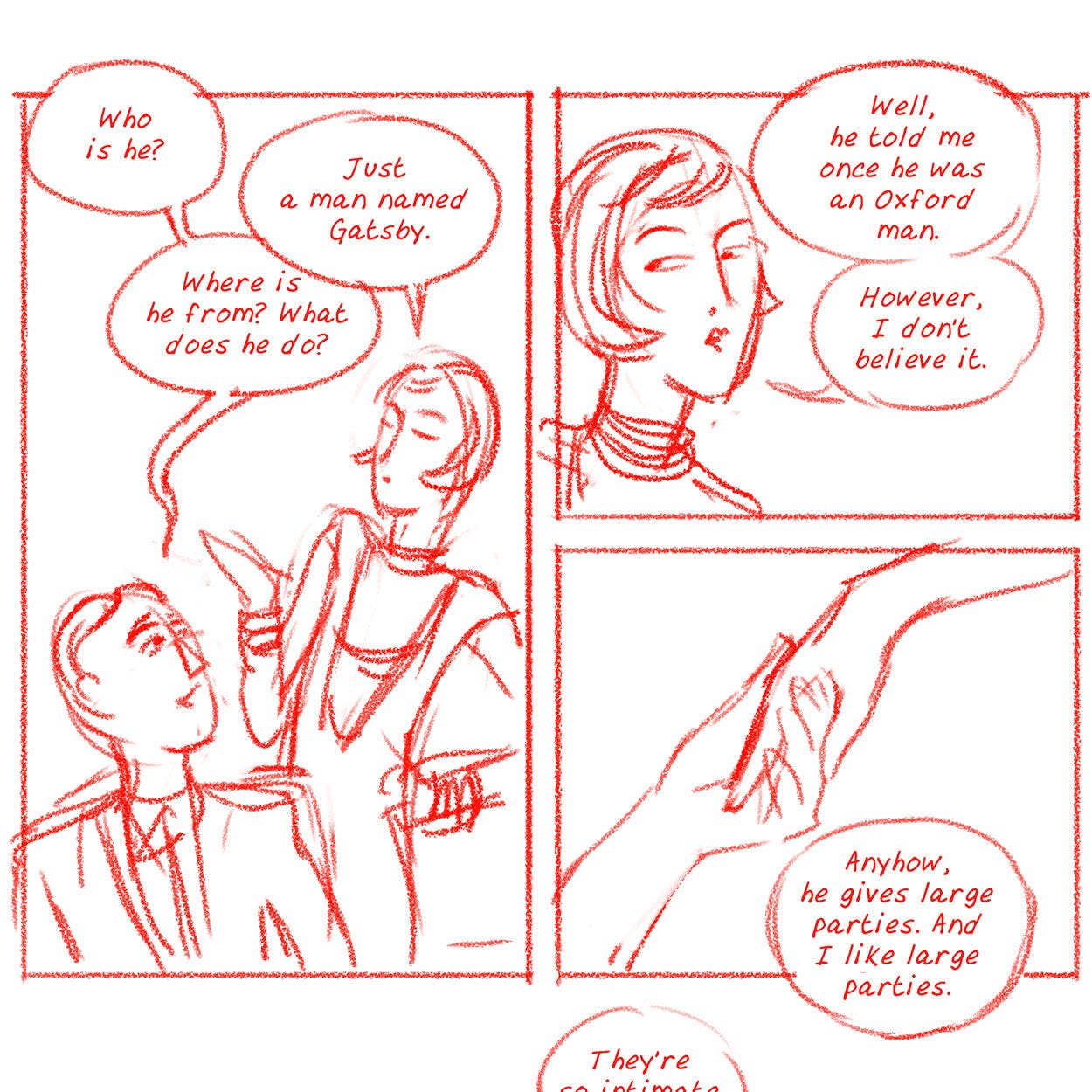

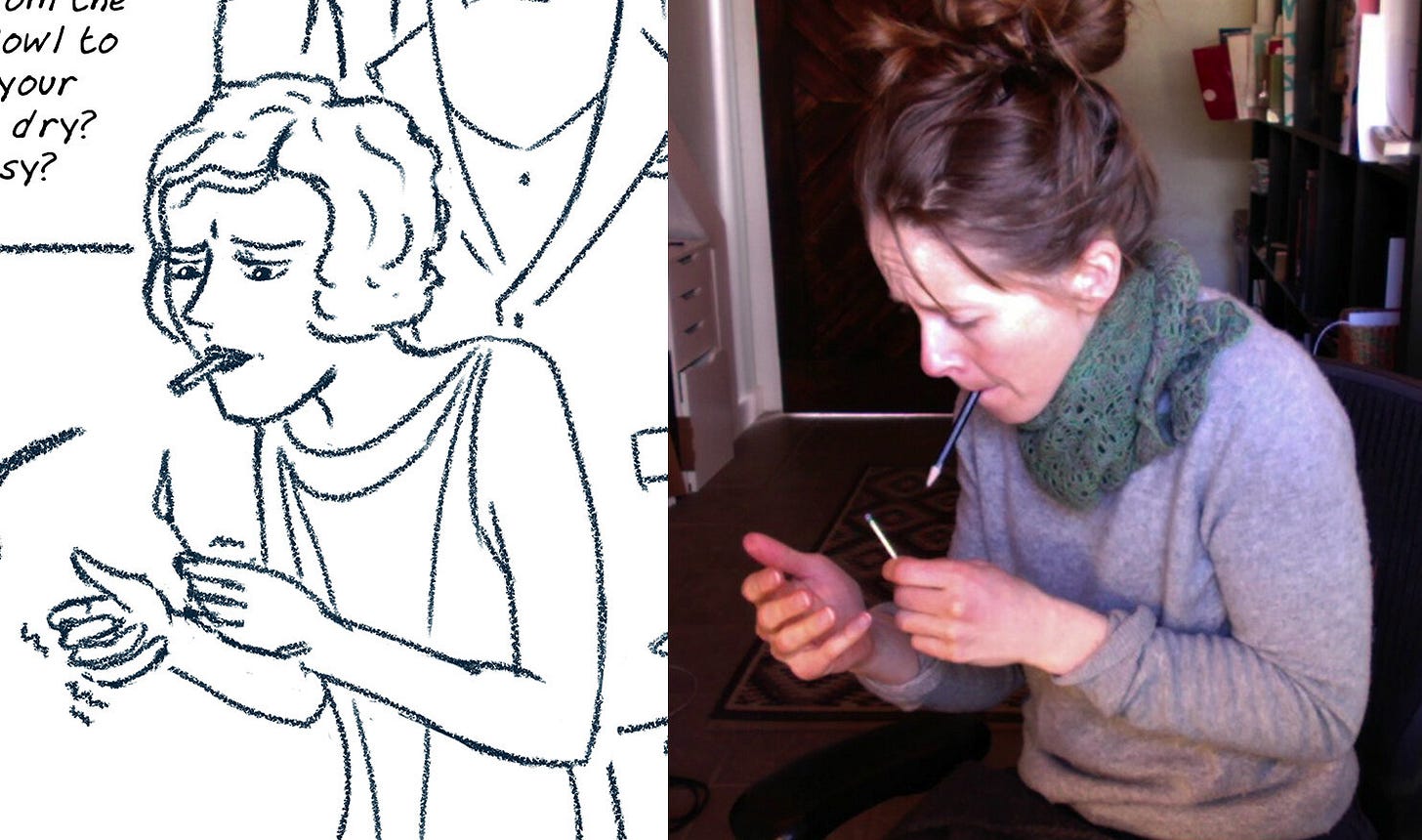

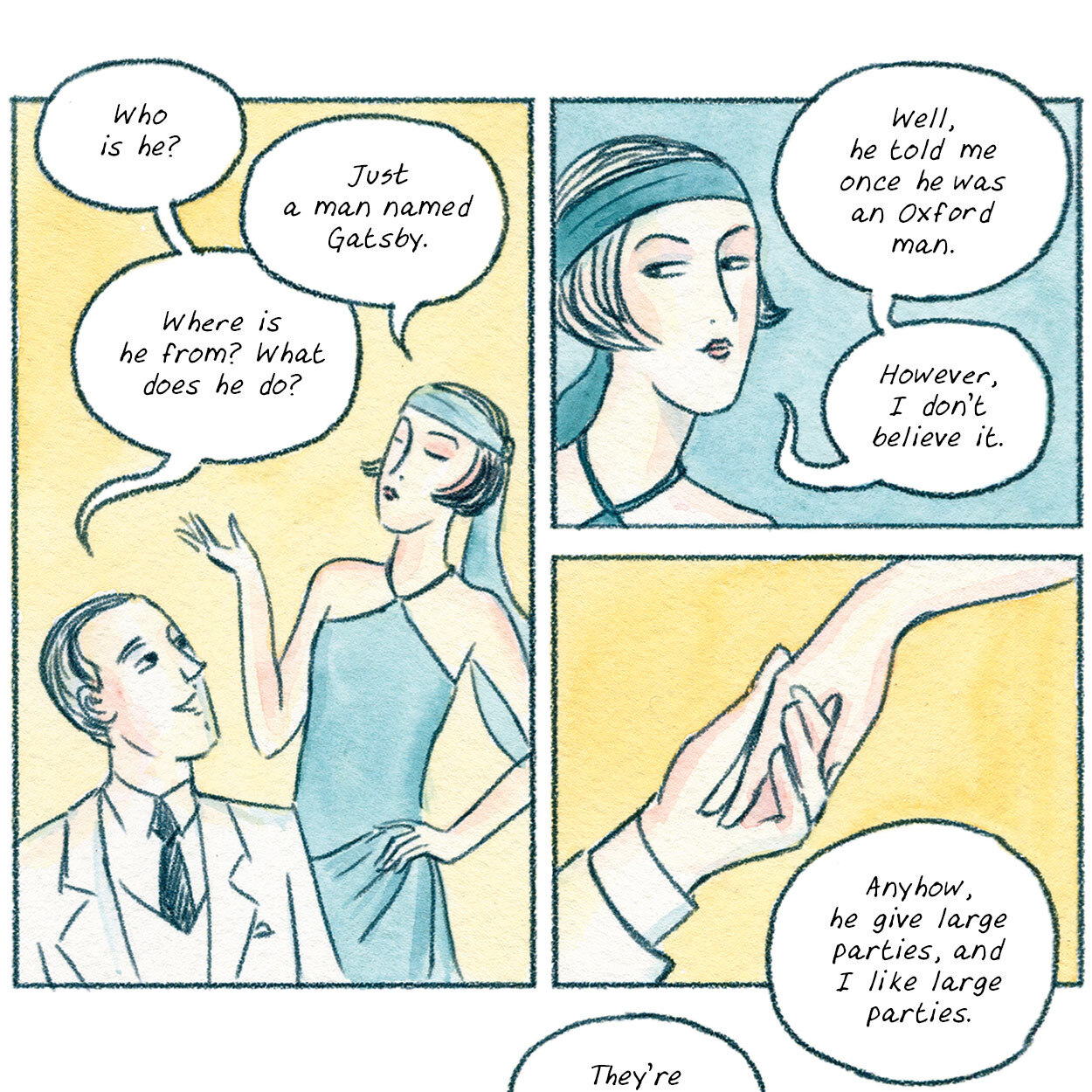
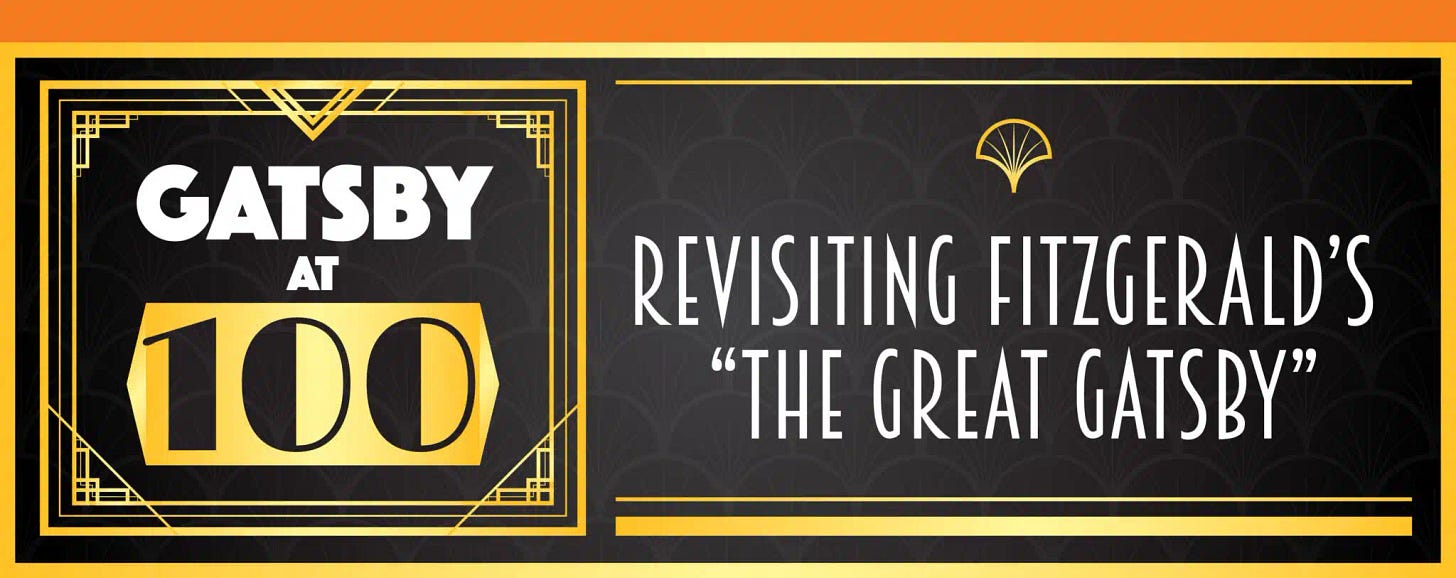

This is amazing!! I am obsessed with those acting out photos. Such a fun and also practical idea :D
The reference photos 😆. I have so many of these on my phone too 😆